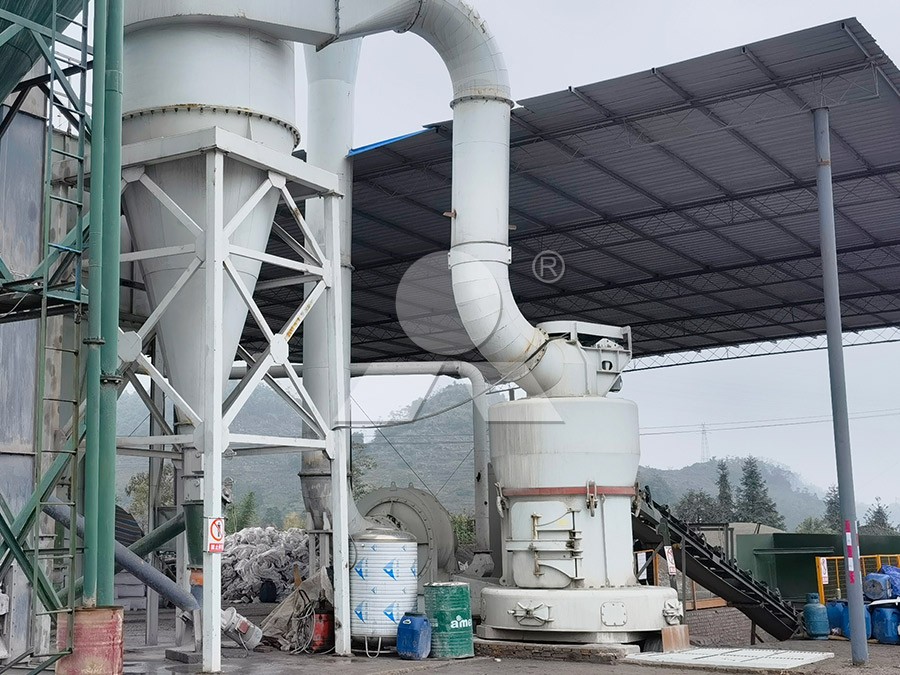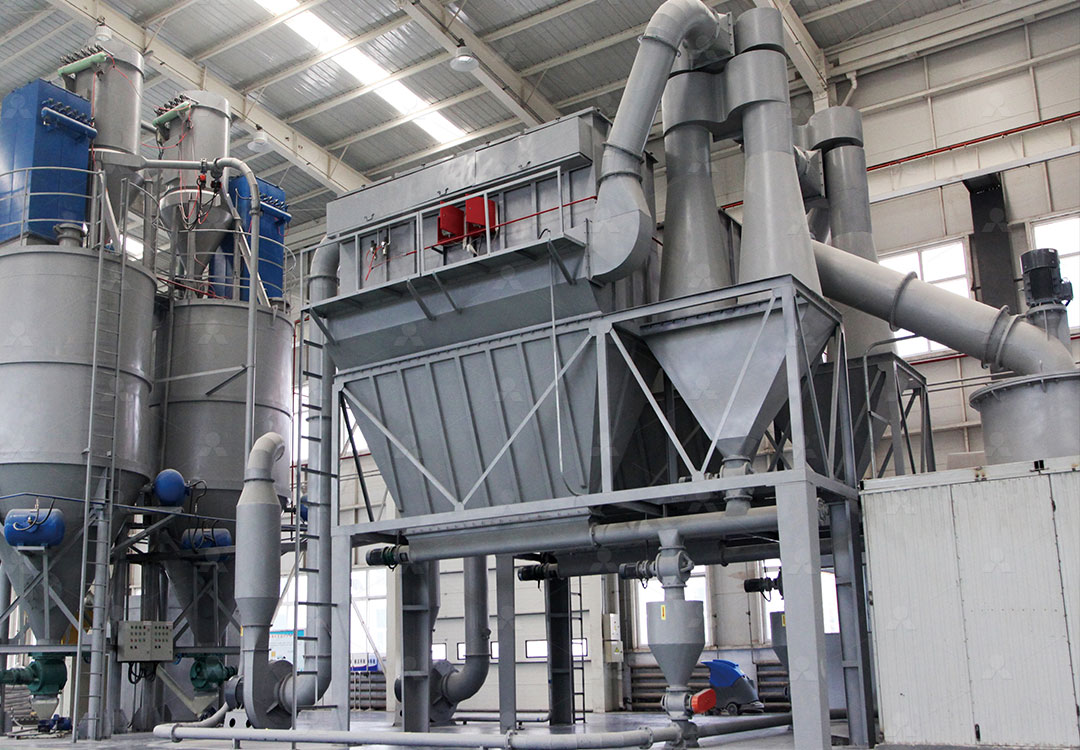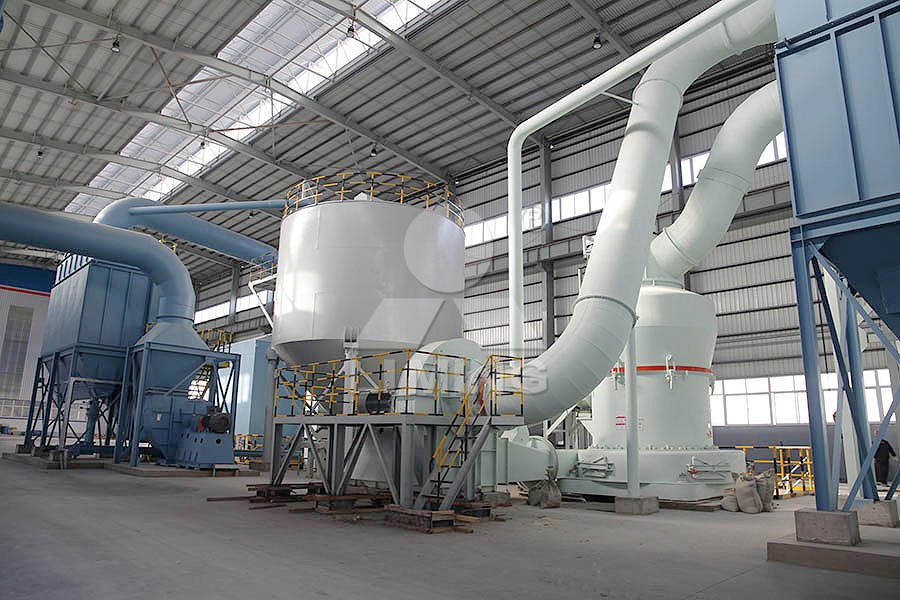80 Mesh Quartz Grinding Mill: Price, Process, and Equipment Selection
Navigating the Complexities of Quartz Grinding to 80 Mesh
Quartz grinding represents one of the most demanding applications in mineral processing. Achieving consistent 80 mesh particle size requires not just any equipment, but specifically engineered solutions that balance production efficiency, energy consumption, and final product quality. The selection process involves careful consideration of material characteristics, throughput requirements, and operational constraints.
The Critical Nature of 80 Mesh in Quartz Applications
Eighty mesh (approximately 177 microns) represents a sweet spot for many quartz applications across multiple industries. This specific fineness is crucial for fillers in paints and coatings, where particle size distribution directly affects opacity and durability. In the ceramics industry, 80 mesh quartz provides the ideal balance between structural integrity and surface smoothness. The electronics sector relies on this precise particle size for silicon production, where consistency is non-negotiable.

Equipment Selection: Matching Technology to Application Requirements
The market offers numerous grinding technologies, each with distinct advantages for quartz processing. Traditional ball mills, while cost-effective initially, often struggle with energy efficiency and precise particle size control. Raymond mills provide reliable performance but may lack the fineness adjustment capabilities needed for specialized applications. The real breakthrough comes with advanced vertical grinding technologies that combine precision, efficiency, and operational flexibility.
For operations requiring ultra-fine powder production with exceptional control, our MW Ultrafine Grinding Mill represents the pinnacle of grinding technology. Engineered for customers who demand ultra-fine powder quality, this machine achieves remarkable results with quartz materials. The MW mill handles input sizes up to 20 mm with production capacities ranging from 0.5 to 25 tons per hour, making it suitable for both pilot projects and full-scale production facilities.
Technical Superiority in Quartz Grinding
What sets advanced grinding systems apart is their ability to maintain consistent particle distribution while minimizing energy consumption. The MW Ultrafine Grinding Mill incorporates newly designed grinding curves of grinding roller and grinding ring that enhance grinding efficiency significantly. Comparative analysis demonstrates that with identical fineness and power input, production capacity exceeds that of jet grinding mills by 40% and doubles the output of traditional ball grinding mills, all while reducing system energy consumption to just 30% of jet mill requirements.

The precision engineering extends to the powder selection system, where German cage-type powder selector technology enables adjustable fineness between 325-2500 meshes. This flexibility allows operators to fine-tune production parameters based on specific customer requirements for yield, fineness, and sieving rate. The system consistently achieves d97≤5μm in a single pass, eliminating the need for secondary processing.
Operational Considerations for Quartz Processing
Quartz’s abrasive nature presents unique challenges for grinding equipment. The absence of rolling bearings and screws in the grinding chamber of the MW mill addresses these concerns directly, eliminating worries about bearing damage or seal failures. External lubrication systems enable maintenance without shutdown, supporting continuous 24-hour operation that maximizes production uptime.
Environmental compliance represents another critical factor in equipment selection. Modern grinding systems must incorporate comprehensive dust collection and noise reduction technologies. The integrated pulse dust collector in advanced mills ensures no dust pollution during operation, while silencers and noise elimination rooms maintain workplace comfort and regulatory compliance.

Economic Factors: Beyond Initial Purchase Price
While equipment cost remains a consideration, experienced operators recognize that the total cost of ownership encompasses energy consumption, maintenance requirements, and production efficiency. The MW Ultrafine Grinding Mill’s design philosophy prioritizes operational economy through reduced energy requirements, minimal maintenance intervals, and maximized production output. The digitalized processing of core components ensures machining precision that translates to longer service life and consistent performance.
Frequently Asked Questions
What is the typical energy consumption for grinding quartz to 80 mesh?
Energy requirements vary by equipment type. Advanced vertical mills like the MW Ultrafine Grinding Mill typically consume 30-40% less energy than traditional ball mills and approximately 70% less than jet mills for equivalent output at 80 mesh fineness.
How does quartz hardness affect equipment selection?
Quartz measures 7 on the Mohs hardness scale, making it highly abrasive. Equipment must feature wear-resistant materials in grinding components and robust construction. The MW mill addresses this through specialized alloy grinding rollers and rings with service life 1.7-2.5 times longer than traditional materials.
What production capacity range should I consider for a medium-scale operation?
For medium-scale operations processing 5-15 tons per hour, the MW Ultrafine Grinding Mill offers ideal capacity with its 0.5-25 tph range. The equipment maintains efficiency across this spectrum, allowing operators to scale production according to market demands.
How important is particle size distribution beyond the target 80 mesh?
Extremely important. Consistent particle distribution affects product performance in downstream applications. Advanced separation technology in modern mills ensures narrow distribution curves, with the MW mill achieving d97≤5μm specifications consistently.
What environmental considerations apply to quartz grinding operations?
Modern systems must address dust emissions and noise pollution. Equipment like the MW Ultrafine Grinding Mill incorporates pulse dust collectors that eliminate particulate emissions and noise reduction technologies that maintain operation below regulatory thresholds.
